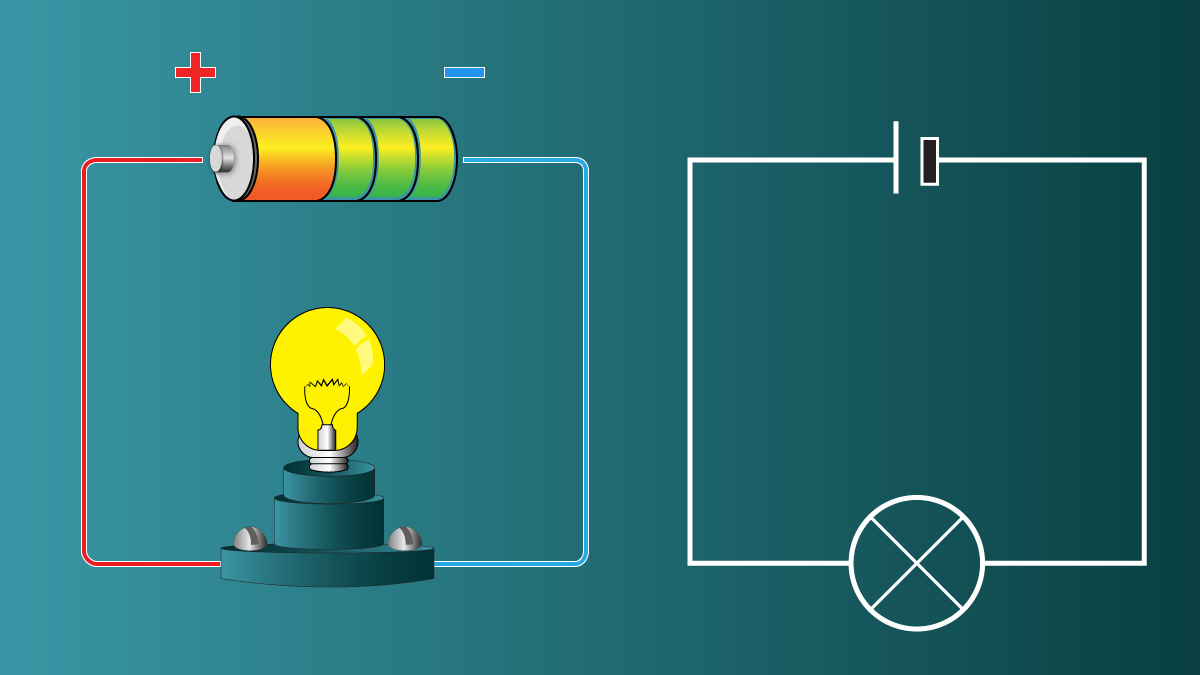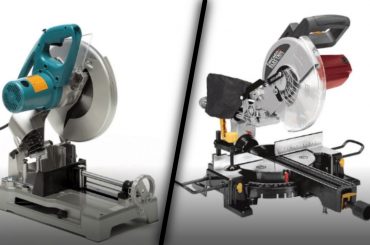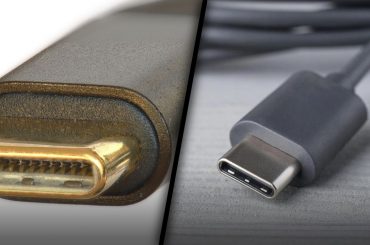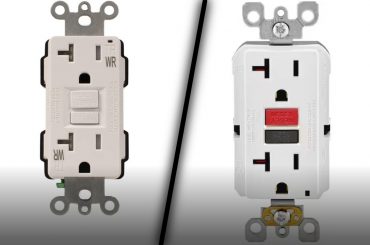Is electricity confusing to you? Listed below are a few electrical terms everyone should know.
It is relatively easy and logical to understand the basic components of electricity. Like a harmonious family, most electrical terms relate and get along well. To go about any electrical or home wiring project smarter, safer and without apprehension, familiarize yourself with these terms first.
What Is a Watt?
Electric power is measured in watts. In your home, wattage represents electricity at work when heating or lighting a room. Consider a portable electric space heater rated at 500 watts. When it’s turned on, the space heater consumes 500 watts of power.
When choosing light bulbs, you’ll also have to consider wattage. Check the wattage of an incandescent bulb to see if it produces the same amount of light as the burned-out bulb. There is often a wattage rating on appliance nameplates.
What Is a Volt?
An electric current flows through a wire when a voltage is applied.
Electricity is typically delivered to your home’s service panel at 240 and 120 volts in North America. Most major electrical appliances, such as ranges, clothes dryers, water heaters, air conditioners, and space heaters, operate at 240 volts. The rest of the equipment runs on 120 volts.
What Is an Amp?
An electrical circuit’s amperage measures how much current flows through it. Amperage is like water flow if voltage is like water pressure. The term “amps” is commonly used.
In your electrical panel, you’ll find fuses or circuit breakers of different sizes when you install, alter, or replace branch circuits. Lighting and receptacle outlet circuits are rated at 15 amps. For newer construction, you’ll also find dedicated 20-amp circuits for the kitchen, bathroom, laundry room, garage outlets, and appliances like a dishwasher or refrigerator.
Typically, electric clothes dryers and electric water heaters are rated at 30 amps. Electric air conditioners, electric ranges, electric countertop cooking units, and electric ovens may be rated at 30, 40, or 50 amps.
For your home to operate safely, all the electrical components must be coordinated. Wire size and capacity limitations are determined by the fuse or circuit breaker amp rating. You need bigger wire if you need more amps.
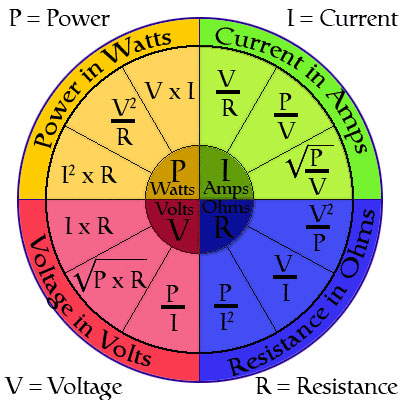
What Is an Ohm?
OHMs (represented by the Greek letter Omega, or ) measure the resistance of electrical wires. Throughout many homes, copper wire is used as an excellent conductor of electricity. Commercial, industrial, and utility installations use aluminum wire, another good conductor. Electricity flows more slowly through both materials.
In the same way that a small garden hose will limit the flow of water compared to a large fire hose, wires made from different metals have different resistance values.
The readings and settings of a multimeter will be expressed in Ohms when troubleshooting electrical circuits, appliances, light switches, fuses, relays and other electrical components. The multimeter will read approximately zero Ohms of resistance when you check the continuity of a new fuse. It means the fuse is good and has continuity.
You’ll probably get an Ohm reading other than zero if you check a suspected defective fuse or light switch. This may indicate a blown fuse or a broken light switch. To understand the readings and operate the multimeter safely, consult the user manual.
How Do Watts, Volts, Amps, and Ohms Interrelate?
There is nothing complicated about electrical math. You can find the result if you know two variables. You can solve for “z” if you know “x” and “y.”
In physics, science, and nature, Ohm’s Law is one of the most important laws to understand. You can make sense of it by using Ohm’s Law Wheel.
I’ll give you an example of how this can be applied in the real world. Imagine you’re installing an electric space heater in your garage. This space heater is perfect for the space, and it is 5,000-watts (five kilowatts or 5kW). For the space heater, what size circuit will you need?
Space heaters must be powered by 240 volts and have a 5kW rating. Therefore, you need to solve for amps (represented by the letter I for “intensity of current”). Choose this formula from the Ohm’s Law Wheel:
I = W/E (amps = watts ÷ volts);
I = 5,000 watts ÷ 240 volts;
I = 20.8 amps;
In order to ensure the safety of the electric space heater on a cold day, a safety factor of 125 percent is applied. Therefore, 20.8 amps x 1.25 equals 26 amps.
It’s all done! Space heaters can be supplied with electricity continuously and safely with a standard 30-amp branch circuit.
Electrical Safety Tips for Your Home
-
We take electricity for granted because it is invisible. When you understand how electricity works, treat it with respect, and take basic safety precautions, working with it doesn’t have to be dangerous or difficult. Testers and electrical tools should be used safely.
-
Before turning off the power, check your electrical tester or multimeter.
-
It is always a good idea to turn off the power to circuits before working on them. Label, sign, or circuit breaker lockout device should be placed at the electrical panel to prevent inadvertent power reconnection. Home centers and online retailers sell universal circuit breaker lockout devices for less than $10.
-
Wear nonconductive leather, rubber, latex, nitrile or similar dry gloves. Rather than wearing synthetic clothing, wear natural fibers.
-
Always wear proper sturdy footwear when working with electricity and never stand or kneel on a wet or damp surface. When working outdoors, use a nonconductive piece of wood or mat.
-
Rubber or plastic handles are best for tools. Another level of electrical safety is provided by nonconductive tool handles.

